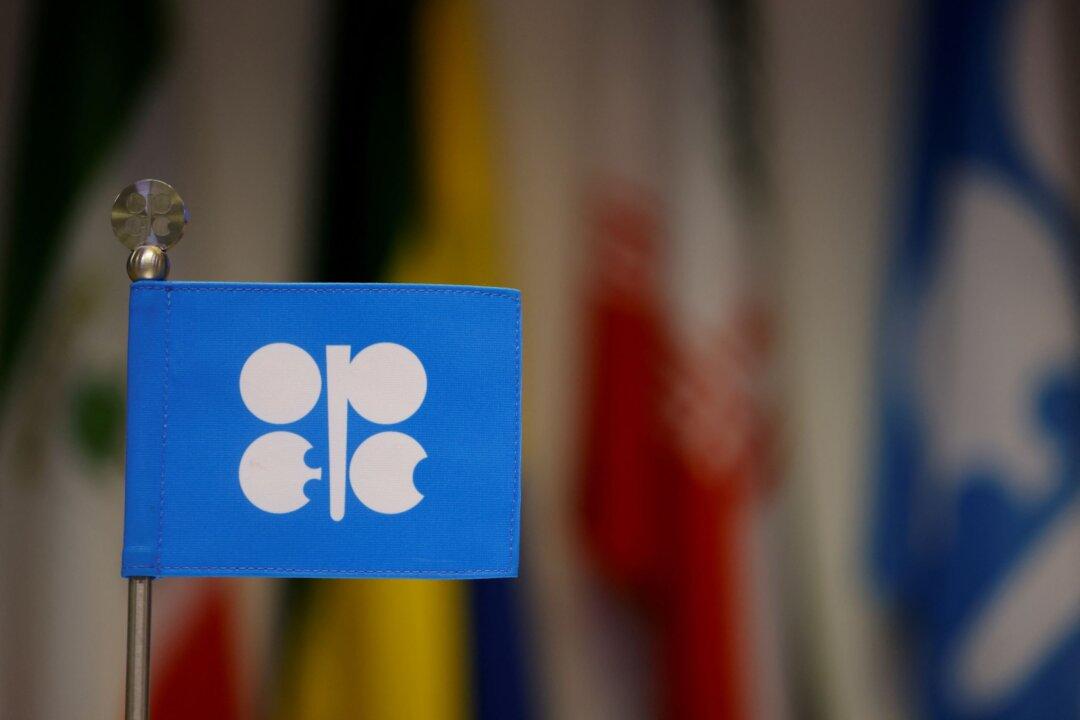Crude oil prices rallied as much as 6 percent on April 3, with both West Texas Intermediate (WTI) and Brent futures soaring above $80 per barrel.
Oil prices climbed in response to the Organization of the Petroleum Exporting Countries (OPEC) and its allies, OPEC+, slashing output by 1.16 million barrels per day (bpd) from May to the end of 2023. Saudi Arabia will lead the way with a cut of 500,000 bpd, followed by Iraq (211,000), the United Arab Emirates (144,000), Kuwait (128,000), Kazakhstan (78,000), and Algeria (48,000).





